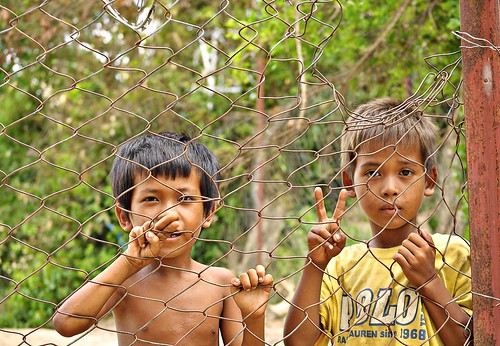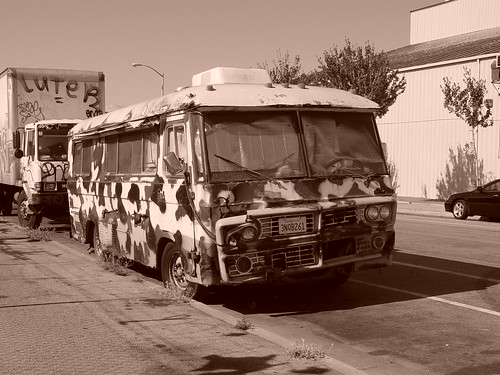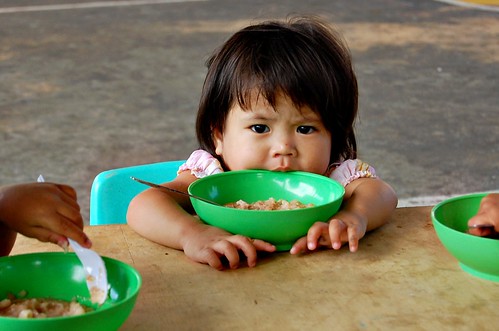
Hunger in America is quite evident. All you have to do is
look around to see it. In most large cities, you’ll see the homeless.
Unemployed or underemployed, the ability to obtain simple needs such as food and
shelter is a struggle for too many Americans. In Florida, for example, the
minimum wage is so low that a person would have to work 99 hours in a week just
to afford a two bedroom apartment in today’s market, according to American
Poverty.org and data on In
Our Own Backyard.Us. You can just imagine that the people who are lucky
enough to land a suitable job will struggle to pay for a decent place to live
and pay for food. Many times, people who are poor sacrifice nutrition just so
they could survive. Eating three or more meals per day is a luxury, and they
make due with one meal if they can manage even that.
If you look, you will see people with cardboard signs on the
side of the roads in America. They may be begging for money, but they really
want the basic necessities that money can buy. They are hungry, and they may
also seek a comfortable, safe place to live. They know that receiving a few
dollars in donations will only take them so far. They are looking for a more
permanent solution.
According to Feeding
America, approximately 1 out of every six people are hungry. Although we
too often see men and women on the streets in our cities and towns, many of
these hungry people are children. The children may live in shelters, or with
other relatives. You might see them on the streets. If you look closely you
will realize that there are hungry.
Where are the Hungry?
The homeless people that you see, the people living in
shelters, and people who are begging along streets in America are not the only
hungry people in this hungry. People who get up every day and work a job or two
are hungry, too. They probably skip breakfast, lunch, or dinner on occasion.
They may miss several meals. Sometimes parents go without meals so that their
children can eat. When school is out, children who receive free and reduced
meals have to rely on food from home. If there’s little food in the household,
those children are likely to go without meals.
A Fall From the
Middle Class
A report in the Working
Families Project stated that an alarming number of Americans have fallen
out of the middle class due to various factors, including job losses and a
reduction in hours at work. Some people have lost their full-time positions and
have become part-time workers. The loss of full-time employment might inadvertently
result in a loss of healthcare benefits for workers who once had healthcare.
Therefore, they must pay for treatments out-of-pocket, further burdening their
budgets.
Because gas prices have risen, people see an even deeper
strain on their budgets. Since they have to pay more for gas to get to and from
work, they are likely to have less money to feed themselves and their family.
You might see someone going without lunch at work, or you could notice that a
co-worker is more tired than usual from a lack of proper nutrition. If you look
around you will see the hungry in America.
C. Williams is a freelance writer who writes about a variety
of social and technical topics, including those that relate to how information and referral software can
assist others.





